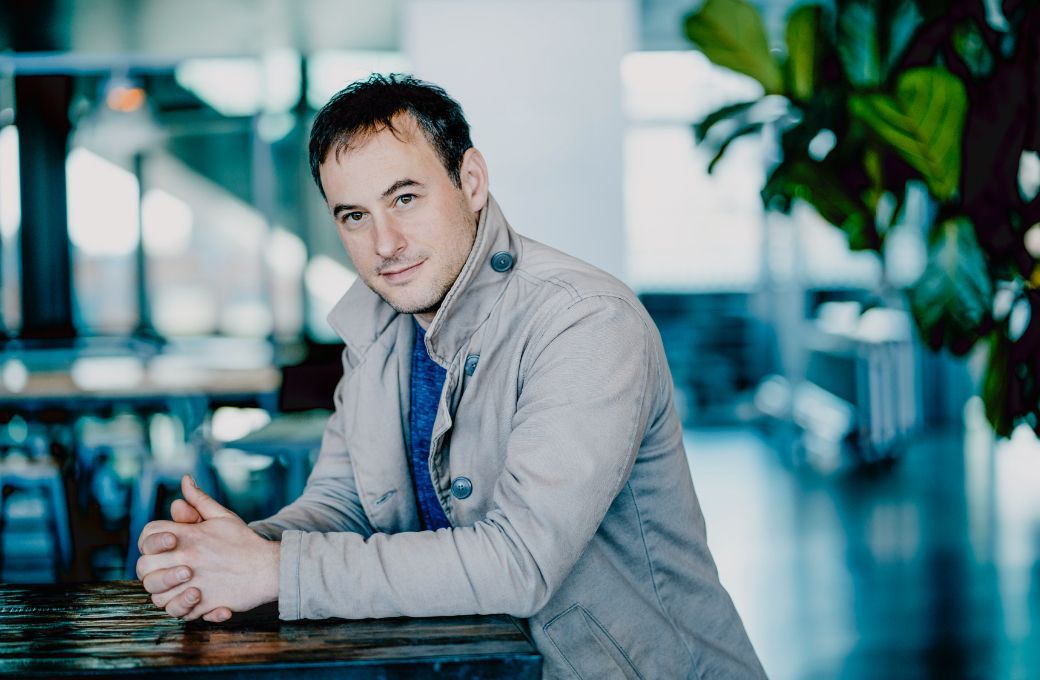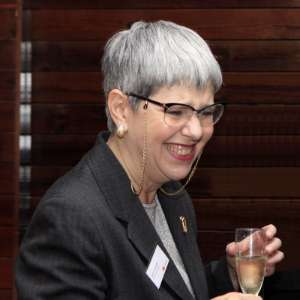The Opernhaus Zürich has had a long relationship with historically informed performances of Baroque and Classical music, since the late Nikolaus Harnoncourt brought his pioneering work to this house in the 1980s, igniting the spark that would give life to the ensemble La Scintilla. The orchestra is now established in the early music/Baroque scene, having worked with all the major conductors, and it maintains a special relationship with the Zurich Opera House, which always includes some La Scintilla concerts in its seasons.

The concert presented this winter was a true crowd pleaser: a program completely dedicated to Handel, featuring some of his most beloved works – the Water Music, and two concerti grossi from the Op.6 collection. The three suites constituting the Water Music were famously composed to accompany King George I on a festive outing on the River Thames: the 50 musicians played from another barge, as part of the Royal cortege on the river. The music written for such occasions had a completely different social function from the one we ascribe to it today, enjoying it in religious silence (minus some coughing) in a dark concert hall. It was originally almost like background music, meant to enliven a much bigger event, made of dances, entertainment, food, drinks and making merry. Nevertheless, Handel’s genius could not but shine through, and the Water Music is an absolute masterpiece, worthy of religious silence.
Directed from the harpsichord by Jonathan Cohen, founder of the renowned ensemble Arcangelo, La Scintilla performed with great commitment, showing a remarkable sense of ensemble and unity of purpose. Intonation in the strings and woodwind was spotless; the brass deserve some careful words. The first suite (in F major) started with a bang, and some exquisite playing by the oboe (Marc Bonastre and Miriam Jorde), but the movement everybody’s waiting for is the third, when the horns come in. And in they came, bold and thunderous, in the hands of Tomas Gallart and Andrea Siri, who didn’t shy away from any of Handel’s trills and ornamentations. There were occasional intonation problems, but playing the Baroque horn is such an impossible feat, that such faults must be forgiven. Gallart and Siri gave a thoroughly enjoyable, exciting performance, with some delightful pianissimi in the “Air” of the Suite in F.
La Scintilla's sound was a tad dry, with an affect which could be described as “stern”. This was a serious, passionate performance, missing a bit of sweetness, perhaps, or playful gallantry. Very Swiss. Cohen’s tempi were on the fast side, the last Minuet of the Suite in F major was taken at breakneck speed, slower movements more solemn than tender, with beautiful phrasing and careful dynamics. Both concerti grossi have a first movement with the indication Larghetto affettuoso; not particularly affectionate here, but composed and intense. Both fugues were performed with delightful precision and fury, especially in no. 6, where the theme is edgy and chromatic.
In the G minor Suite, Andrea Kollé (Baroque flute) and Martina Joos (recorder) both engaged in a florilegium of exciting variations and ornamentations; a purist might have considered them excessive, but I enjoyed them, they were always perfectly in style.
Cohen wisely decided to close the concert with the D major Suite, which features trumpets, timpani and horns, for a truly exciting finale. Balàsz Nemes and Christian Bruder on natural trumpets made such an impression in the first movement that the usually restrained Zurich audience broke rule number one of the refined concert-goer and exploded into applause without waiting for the end of the suite. The dialogue between trumpets and horns was wonderful, the players echoing and challenging each other in more and more daring variations and embellishments, in a bold, exciting competition.


